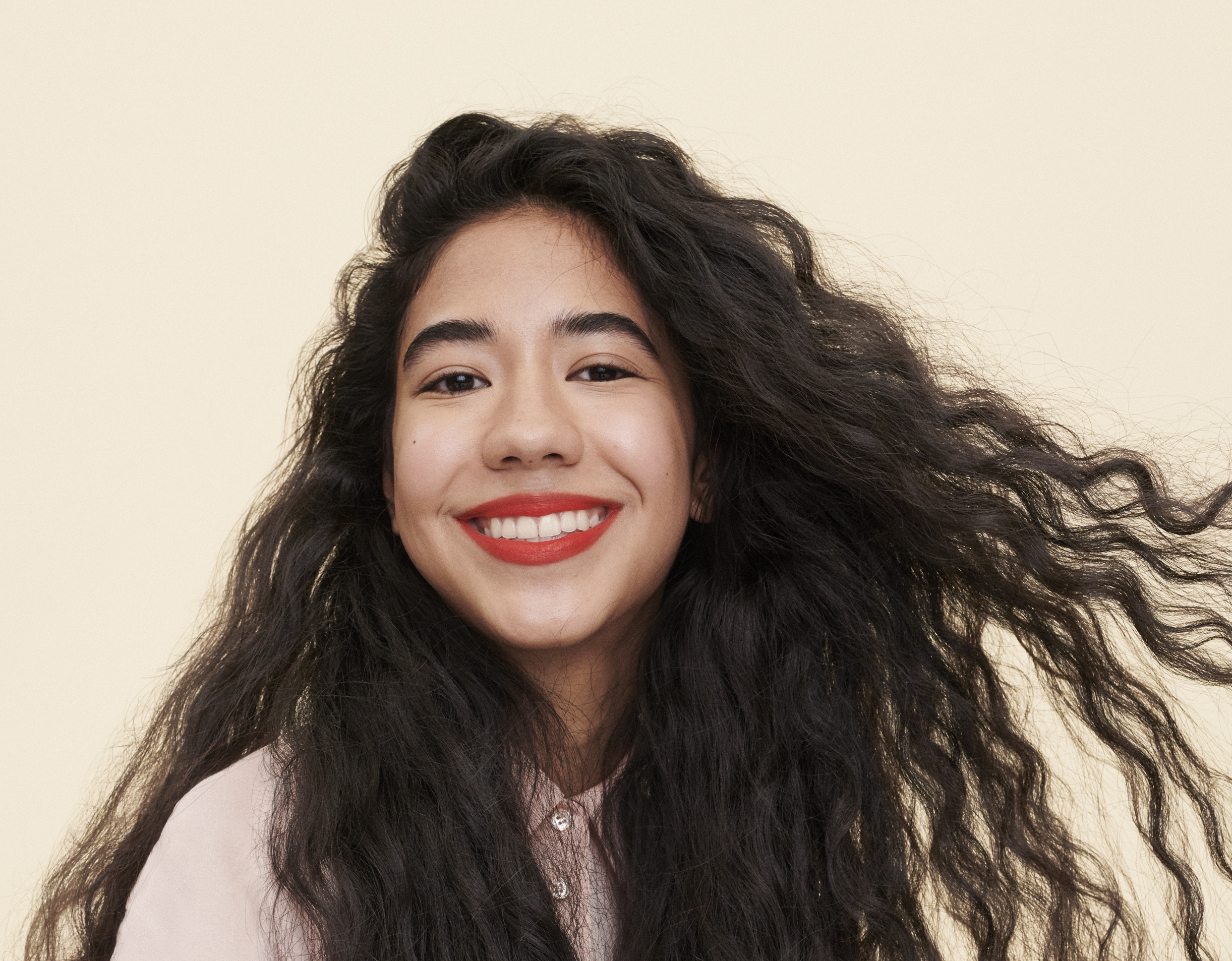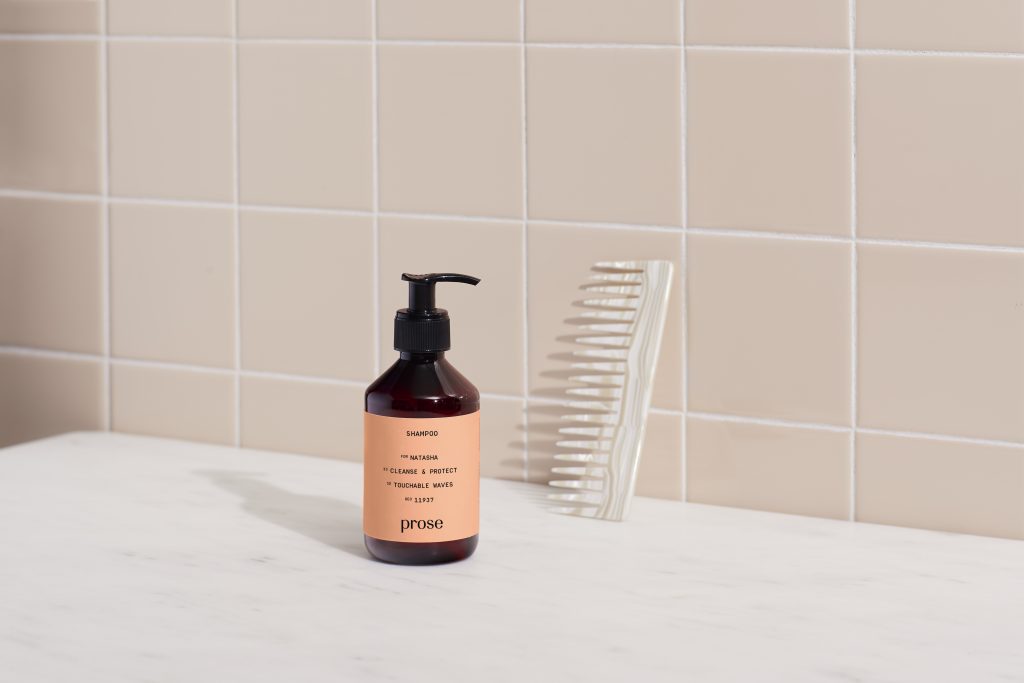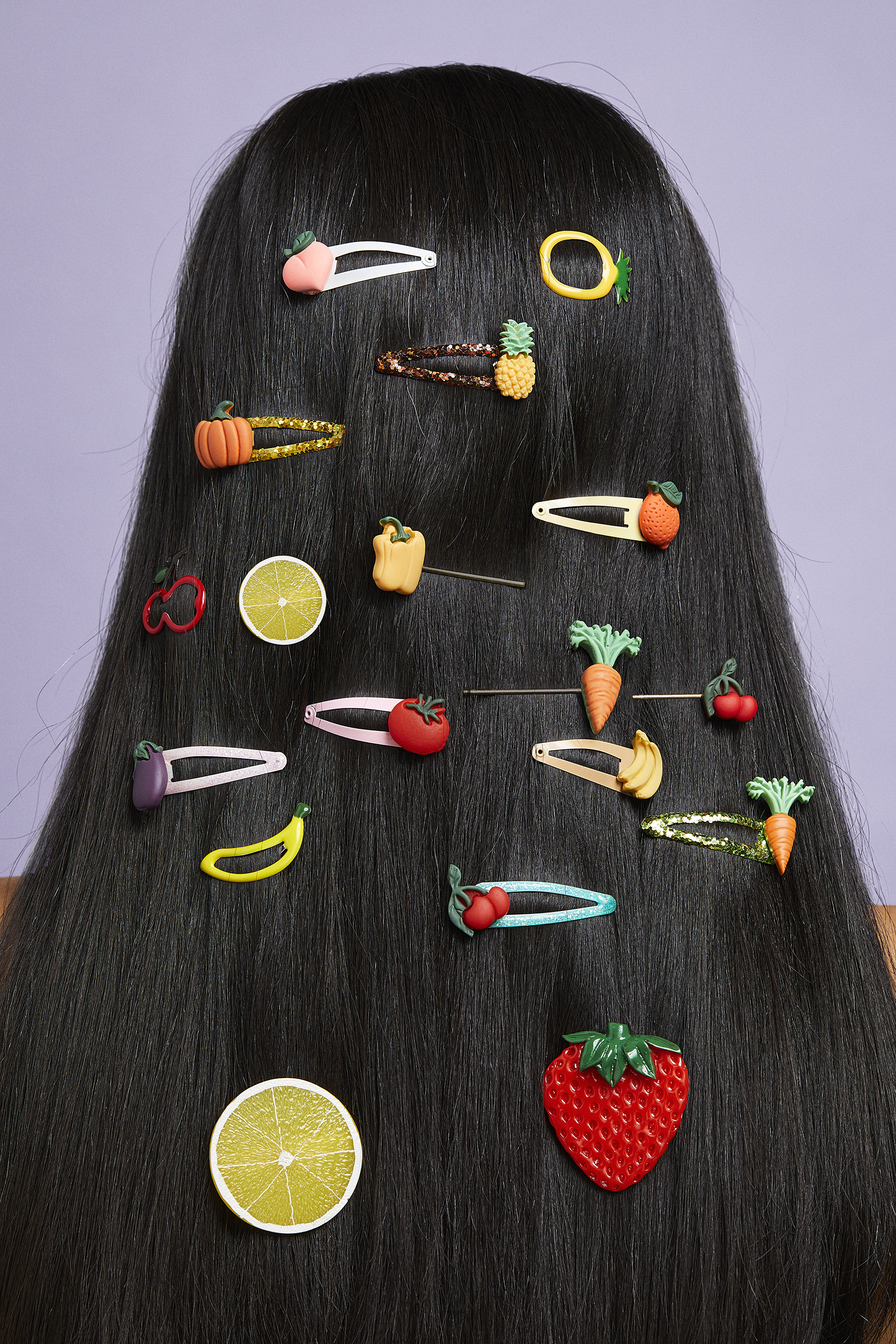Follicle
This is the portion of your hair that grows underneath the scalp. People with straight hair have a round follicle, while those with curly locks have a more oval-shaped follicle. The flatter the follicle, the greater the curl.
Angle
The direction the follicle grows makes a difference, too. While curly hair protrudes at an angle, straight hair emerges straight out of the scalp, forming a right angle. This is also why straight hair is usually shinier than curly hair: Sebum, your hair’s natural oil, covers straight locks better than it does curly.
Fibers
Your hair, or “shaft,” is made of dead cells packed with keratin protein, which contains cysteine, an amino acid with sulfur-rich molecules. When cysteine meets cysteine, they create disulfide bonds, which are more prevalent in curly hair because curly strands bring them closer together. (The point of straightening treatments is to break these bonds.) That said, these bonds aren’t so much a cause as a support system for those bouncy curls. Ultimately, follicle and angle are the stronger determinants.
So can you change your hair type? Even though some people experience inexplicable hair pattern changes that they attribute to factors like hormonal shifts, it’s not the norm. That’s why we created products to help people embrace their individual hairstyles. By creating customized products, we’re focusing on what will elevate your hair type—not what’s right for someone else.
Looking to boost your personal curl pattern? Prose’s curl cream works as a styler, touch-up tool, or both. Our goal is a hydrated, frizz-free style that works for your unique needs. The grass can be just as green on your side—you just have to know how to embrace it.






